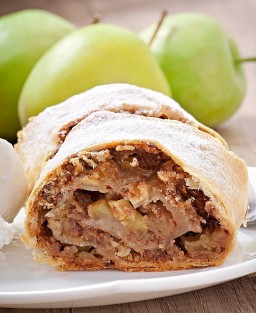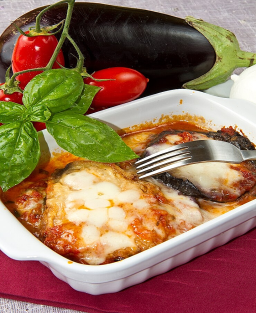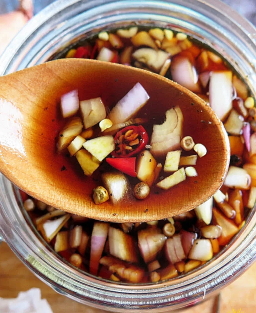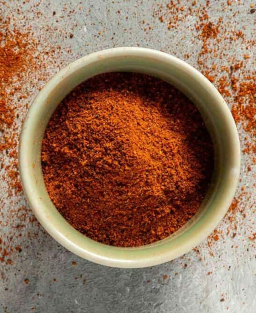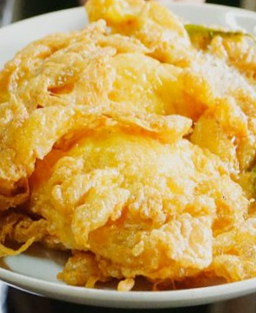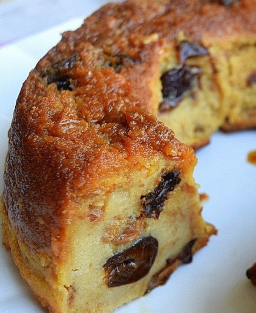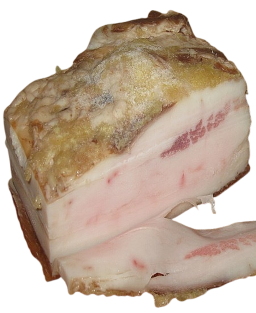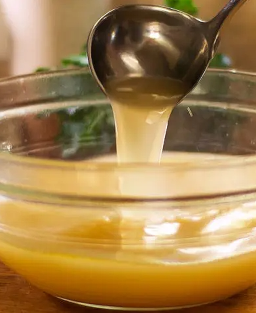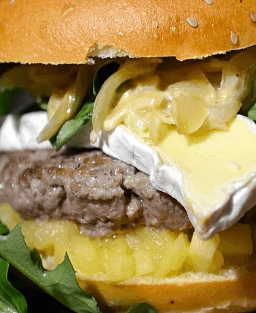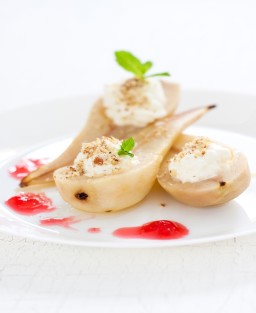- Out-of-Stock
Apfelstrudel: the famous apple strudel between Austro-Hungarian heritage, Viennese tradition, and oriental influences
Apfelstrudel: the famous apple strudel between Austro-Hungarian heritage, Viennese tradition, and oriental influences
Strudel and Apfelstrudel: one pastry, two names
The term strudel refers to a traditional Central European pastry, particularly in Austrian cuisine, characterized by a very thin dough, hand-stretched and then rolled around a filling. The word comes from the German Strudel, meaning “whirlpool” or “swirl,” referring to the rolled appearance of the dough during baking.
Strudel is primarily a form of preparation rather than a single recipe. There are many variants, both sweet and savory: cherry, poppy seed, quark, spinach, potato, and more.
Among these variants, the most famous is the apple strudel, called Apfelstrudel (Apfel means “apple” in German). It is typically filled with sliced apples, raisins, sugar, cinnamon, and sometimes nuts, almonds, or a small amount of alcohol such as rum or schnaps. This sweet version has become a genuine Austrian national specialty.
Origin and history
The origin of strudel traces back to the Middle East, specifically to the time of the Ottoman Empire. It is inspired by fine pastries like baklava made from phyllo dough, which the Ottomans introduced to Europe via the Balkans. In the Austro-Hungarian Empire during the 17th and 18th centuries, the recipe was adapted, refined, and widely spread. The oldest known strudel recipe dates from 1696 and is preserved in a manuscript in Vienna.
The Apfelstrudel, in particular, became very popular in Vienna and quickly established itself as a bourgeois dessert, later becoming widely enjoyed. Today it is considered a symbol of Austrian pastry and is also found in Hungarian, German, Czech, Slovenian, and Croatian cuisines.
Conclusion
Thus, the word strudel designates a type of rolled pastry, while Apfelstrudel specifically refers to the apple version. It is the most widespread and representative variant of this pastry tradition, shaped by the shared history of Central Europe and Austro-Hungarian influence.
Traditional apple strudel recipe (close to the historical version)
Ingredients
For the dough:
-
250 g flour
-
1 pinch of salt
-
1 tablespoon neutral oil (sunflower or rapeseed)
-
About 120 ml lukewarm water
-
1 teaspoon white vinegar (optional, to make the dough more elastic)
(This homemade dough can be replaced with phyllo pastry sheets to simplify preparation.)
For the filling:
-
6 tart apples (e.g., Granny Smith)
-
80 g sugar
-
50 g raisins
-
50 g chopped nuts or almonds
-
1 teaspoon ground cinnamon
-
Juice of half a lemon
-
50 g breadcrumbs (to absorb the apple juice)
-
Melted butter for brushing
Preparation
Prepare the dough:
-
Mix the flour and salt in a bowl.
-
Gradually add the oil, vinegar, and lukewarm water, kneading until smooth and very elastic.
-
Form a ball, cover with a damp cloth, and let rest for at least 30 minutes.
-
Stretch the dough very thin, almost transparent, like phyllo dough, which is an essential characteristic of strudel.
Prepare the filling:
-
Peel, core, and slice the apples thinly.
-
Place them in a large bowl with sugar, cinnamon, lemon juice, raisins, and nuts.
Roll out the dough:
-
On a clean, floured cloth, roll the dough as thin as possible.
-
Gently stretch the dough with your hands until almost transparent.
Assemble:
-
Brush the dough with a little melted butter.
-
Sprinkle the breadcrumbs on the dough (they will absorb the apple juice during baking).
-
Spread the filling evenly on the dough, leaving a margin at the edges.
-
Roll the dough into a strudel using the cloth.
Baking:
-
Place the strudel on a baking tray lined with parchment paper, seam side down.
-
Brush generously with melted butter.
-
Preheat the oven to 180 °C (350 °F) and bake for 40–45 minutes, until golden brown.
Serving:
Allow to cool slightly before slicing. Traditionally served with whipped cream, vanilla ice cream, or vanilla sauce.
Apple strudel filling variations
Apple and dried fruits strudel:
Add pecans, hazelnuts, or a mix of dried fruits for extra crunch. Sometimes topped with sliced almonds.
Apple and candied fruit strudel:
Add small pieces of candied fruits (cherries, orange or lemon peel) for an extra colorful and sweet touch.
Apple and prune strudel:
Replace or add prunes to the raisins for a richer, moister taste.
Apple and quark strudel:
Mix apples with fresh quark, often flavored with vanilla, for a creamier filling.
Apple strudel with enhanced spices:
Add nutmeg, cloves, or ground ginger for more complex spice notes.
Apple and caramel strudel:
Caramelize the apples before rolling or drizzle with salted butter caramel after baking.
Apple and berries strudel:
Add raspberries or blueberries to the apples for a tart and colorful touch.
Apple strudel with rum-soaked raisins:
Soak raisins in rum or another alcohol beforehand for a richer and more aromatic flavor.
These variations are often adapted depending on the region, season, or personal preference, but the base always remains the thin dough and slow baking that give strudel its unique texture.












